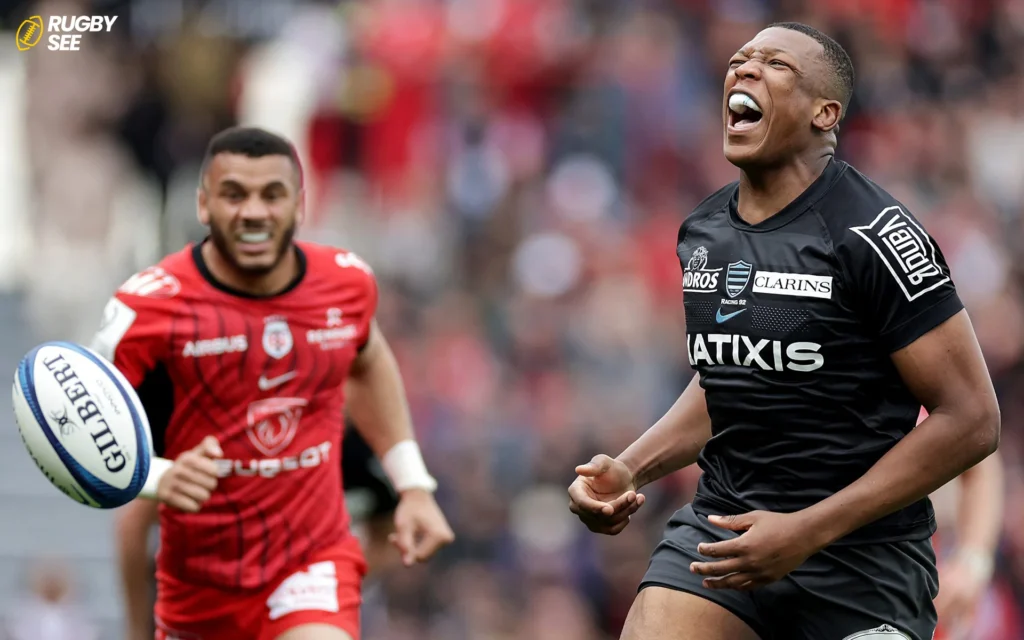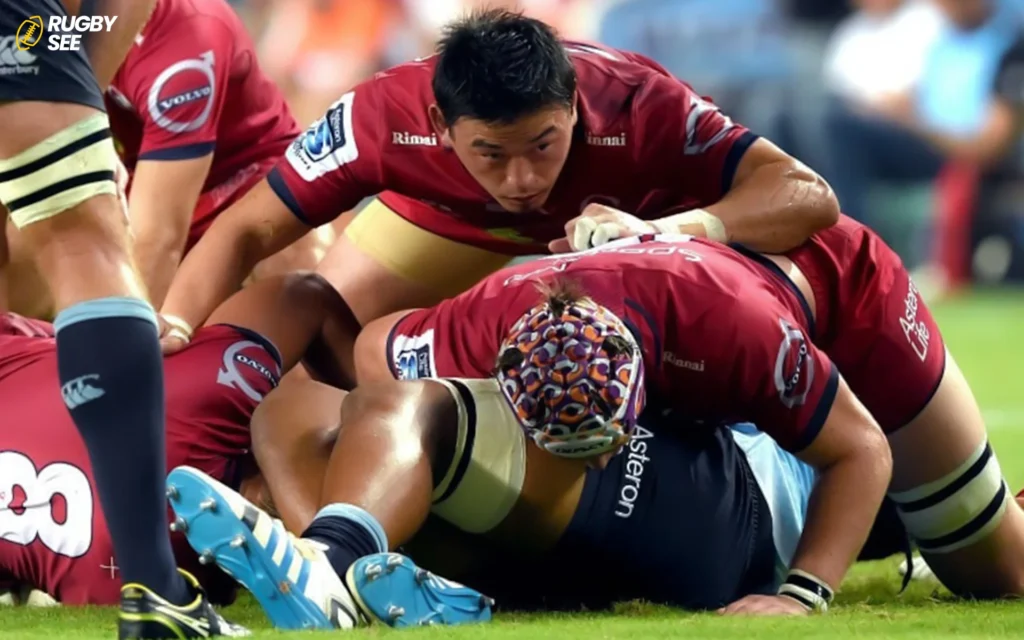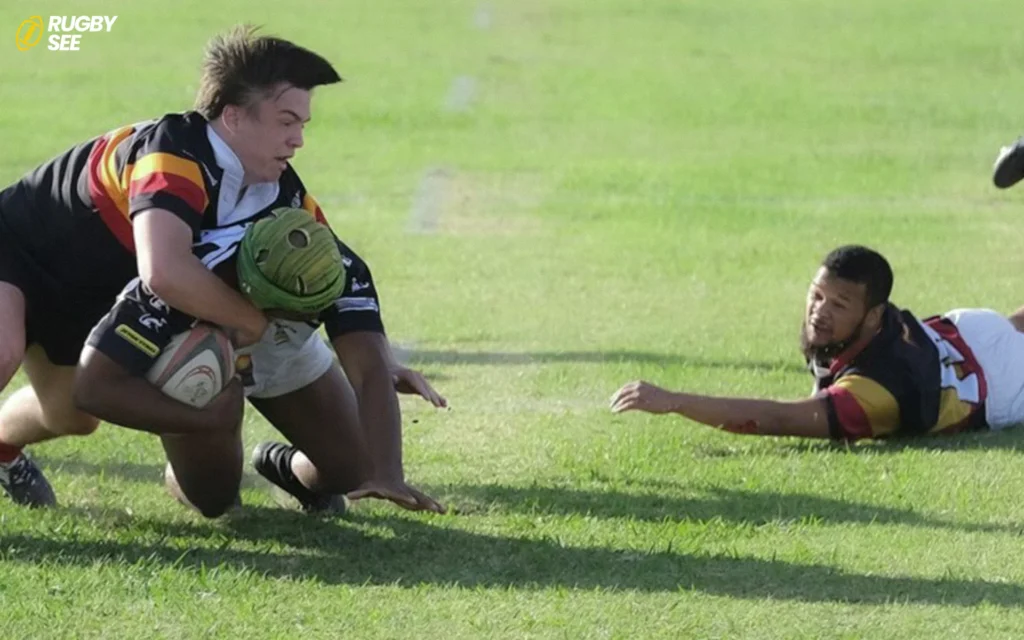The haka, a traditional Māori challenge, has become one of the most recognized and respected traditions in international rugby, primarily associated with New Zealand’s teams. However, its influence and adoption extend beyond New Zealand, highlighting a fascinating aspect of rugby’s cultural diversity. This article explores which countries perform the haka in rugby, delving into the significance of this powerful tradition and its role in the sport globally.
New Zealand: The Originators
The most famous and widely viewed haka in rugby is performed by New Zealand’s national rugby team, the All Blacks, before each international match. This tradition dates back to 1888 and has become a symbol of New Zealand rugby. The All Blacks perform several different hakas, the most well-known being “Ka Mate” and the more recent “Kapa o Pango,” specifically composed for the team. The haka is more than just a pre-match ritual; it is an integral part of New Zealand’s national identity and rugby culture, representing strength, unity, and heritage.
Tonga: The Sipi Tau
Tonga’s national rugby team, the ‘Ikale Tahi (Sea Eagles), performs the Sipi Tau, a war dance similar to the haka, before their matches. Like the haka, the Sipi Tau is a challenge to the opponents, filled with fierce gestures and shouting. It reflects Tongan pride and culture, embodying the team’s spirit and determination.
Samoa: The Siva Tau
The Samoa national rugby team, known as Manu Samoa, performs the Siva Tau before games. This war dance, akin to the haka, is a demonstration of strength and bravery. Adopted in the early ’90s, the Siva Tau has become a vital part of Samoan rugby, energizing the players and showcasing Samoan culture on the international stage.

Fiji: The Cibi
Fiji’s national team, the Flying Fijians, performs the Cibi (pronounced Thimbi), a traditional war dance that predates its rugby use to the 1930s. Initially performed as a victory dance, it has evolved into a pre-match challenge to opponents. The Cibi is an expression of Fijian pride and collective spirit, adding to the rich tapestry of cultural traditions in international rugby.
The Cultural Significance and Global Respect
These pre-match traditions, while varied in origin and style, share common themes of challenge, unity, and cultural expression. They are deeply respected within the rugby community, not only for their physical intensity but for their cultural significance. Rugby, as a sport, has shown great reverence for these traditions, recognizing them as integral components of the game that celebrate cultural identity and diversity.
Impact on International Rugby
The haka and similar traditions have a profound impact on international rugby, adding a unique dimension to the sport that extends beyond the physical contest. They offer spectators a glimpse into the cultural heritage of the teams, fostering a greater appreciation for diversity. Moreover, these rituals enhance the spectacle and emotion of international matches, setting rugby apart from other sports.

Controversies and Challenges
While widely respected, the performance of the haka and similar rituals in rugby has sometimes sparked controversy, particularly regarding opponents’ responses. Debates have arisen over how teams should face these challenges, balancing respect for cultural traditions with competitive spirit. These discussions underscore the importance of cultural sensitivity and the need for ongoing dialogue about tradition and respect in sports and if you want to know about the counties that have Rugby Union read What Countries Have Rugby Union? An Insight into the Global Love for the Game.
Expanding the Cultural Showcase in Rugby
The practice of performing traditional war dances or challenges such as the haka extends beyond the borders of these four countries, reflecting rugby’s global nature and its embrace of diverse cultures. While New Zealand, Tonga, Samoa, and Fiji are the most notable for their pre-match rituals, the influence of these traditions has sparked interest in other nations to celebrate their own cultures within the rugby framework.
International Recognition and Respect
The international rugby community’s acknowledgment of these rituals highlights a collective respect for cultural expression. When teams from around the world face the All Blacks, Ikale Tahi, Manu Samoa, or the Flying Fijians, they are not just preparing for a physical match but also for a cultural encounter. The response from opposing teams—often standing in respectful silence or facing the challenge head-on—underscores the deep mutual respect that defines rugby culture.
Education and Engagement
These pre-match performances serve as educational tools, bringing the rich tapestry of Pacific cultures to the global stage. For many international fans, a rugby match may be their first exposure to the traditions of the Māori, Tongan, Samoan, and Fijian peoples. This exposure fosters a deeper understanding and appreciation of cultures far removed from their own, bridging gaps between diverse audiences through the universal language of sport.
The Role of Media
The global broadcasting of rugby matches plays a crucial role in the dissemination of these cultural practices. Media coverage ensures that the haka and similar traditions reach millions of viewers worldwide, magnifying their impact. Through this exposure, the haka and other dances have become symbols of the sport itself, representing rugby’s values of courage, respect, and community.

Challenges to Tradition
Despite their popularity and respect, these rituals face challenges, including commercialization concerns and misinterpretations of their significance. As these cultural expressions become entwined with the professional aspects of rugby, maintaining their authenticity and respect becomes paramount. The rugby community continues to navigate these challenges, striving to honor the traditions faithfully while engaging a global audience.
Future Perspectives
Looking ahead, the continued inclusion of the haka and similar cultural expressions in rugby signals a growing appreciation for diversity and tradition in sports. As rugby evolves, there may be opportunities for other nations to showcase their unique cultural rituals, further enriching the sport’s global tapestry. The ongoing dialogue around these practices will likely focus on ensuring they are performed with respect and understanding, preserving their significance for future generations and if you want to know about the Point of Scrums in Rugby read What Is the Point of a Scrum in Rugby.
Conclusion
The haka and its counterparts from Tonga, Samoa, and Fiji are much more than pre-game entertainment; they are powerful expressions of cultural identity and unity. Their performance in international rugby is a testament to the sport’s global reach and its capacity to embrace and celebrate cultural diversity. As rugby continues to grow and evolve, the respect and recognition given to these traditions underscore a universal appreciation for heritage and the values of courage, respect, and solidarity. In the end, these rituals enrich the rugby experience, reminding us that the sport is not only a contest of physical prowess but also a celebration of cultural heritage and mutual respect.










